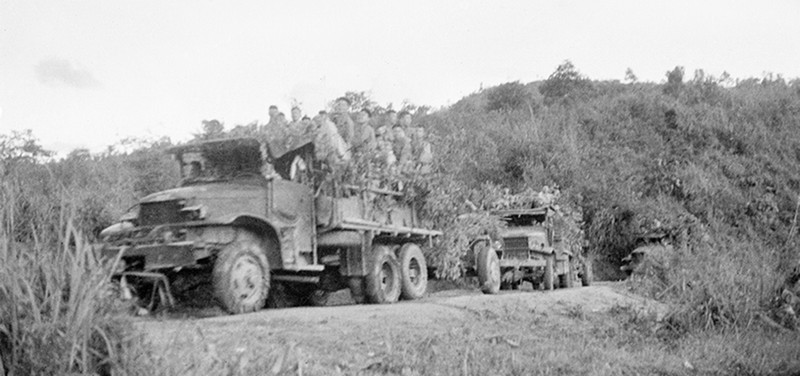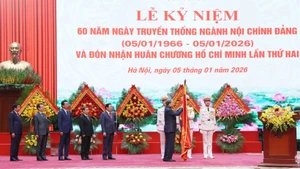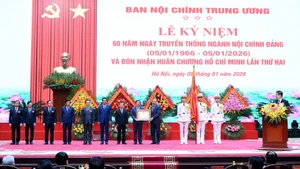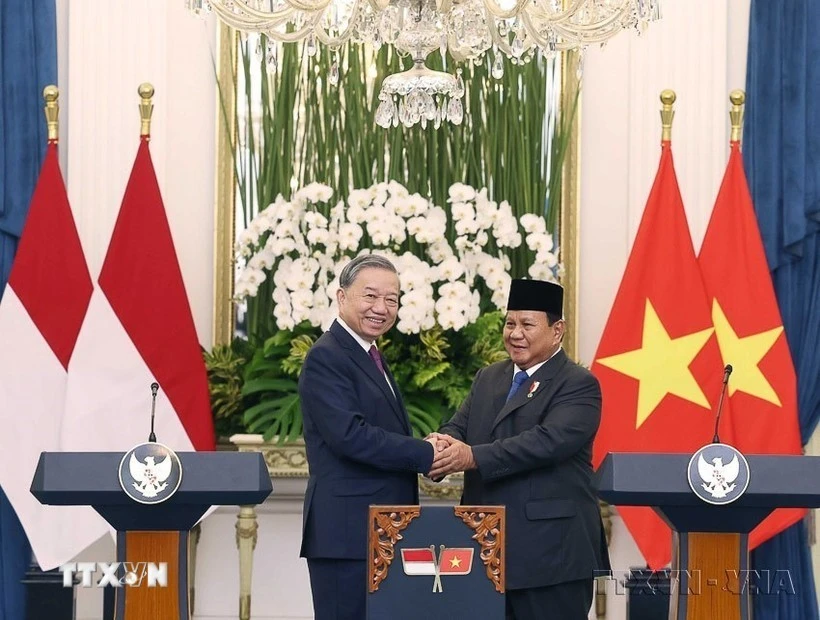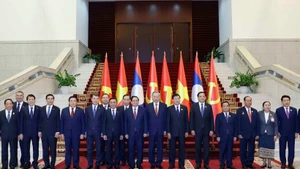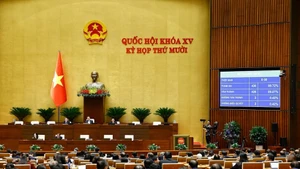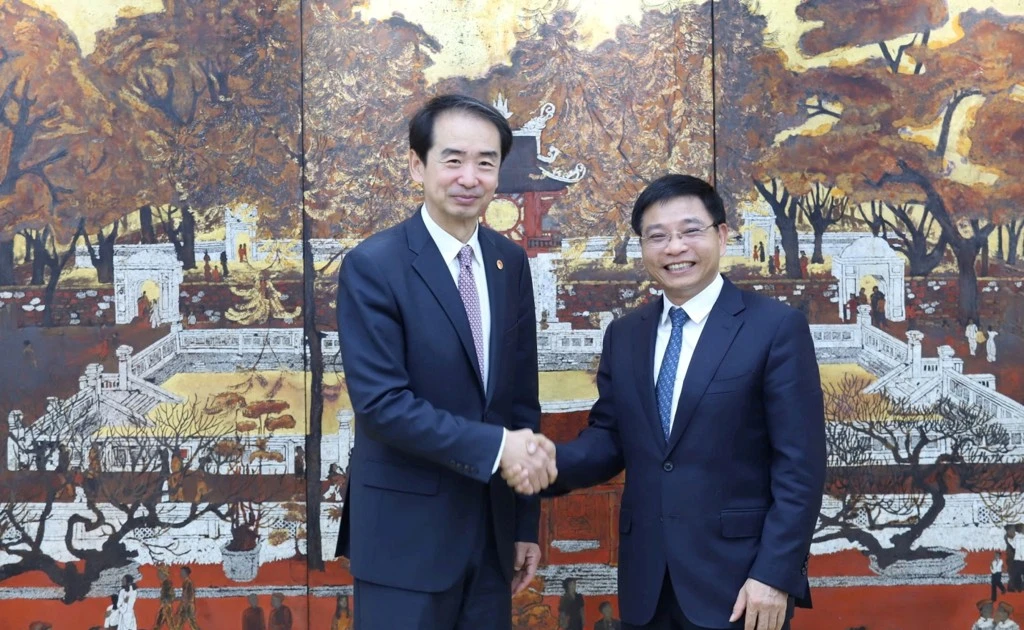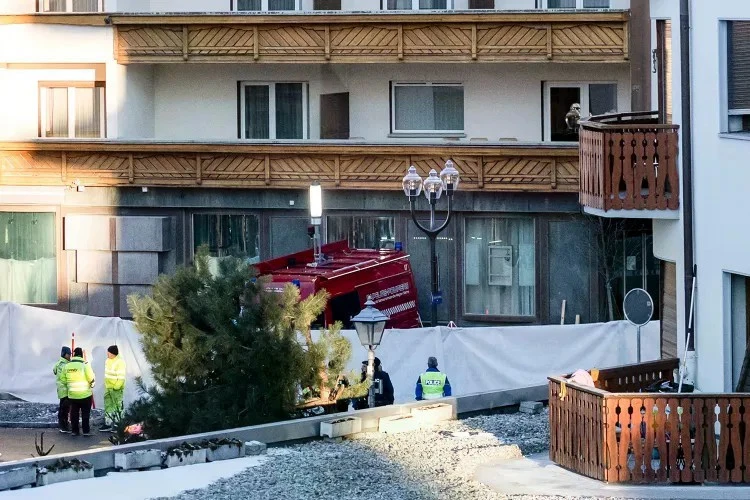The task of constructing the offensive and siege position is specified as follows (as per an excerpt from the order of the General Command): The 308th Division was responsible for building a trench from the south of Doc Lap Hill through Ban Keo, Pe Noi and Nam Bo and creating an offensive battle position to prepare for an assault on position 106.
The 312th Division was tasked with building a trench from the south of Doc Lap Hill that links with the trench of the 308th Division through Him Lam and Long Bua, and connects with the trench of the 316th Division; constructing an offensive battle position and preparing to attack positions D, E and 105.
The 316th Division was charged with building a trench from Long Bua to the trench of the 312th Division through Ban Banh and Ban Ten; constructing a battle position to attack positions A and C.
Compared to before the opening day of the campaign, building the battle position was much more difficult at this time. After dinner, our soldiers marched out from their garrison to the fields and spent the night digging battle positions. The soldiers had to work hard for 14 to 18 hours each day. They still worked even on cold nights; their hands swelled and bled when encountering hard earth or places with many stones and pebbles.
When the trenches had extended tens of kilometres across the field, there was no way to camouflage them from the enemy and every inch of trench had to be paid for in blood.
The enemy was shelling all night at the trenches they had discovered during the day; their aircraft continuously dropped flares to detect new bombing targets. The enemy deployed troops to nearby battle positions, forced out the guards, levelled the trenches, and planted mines to prevent our soldiers from digging further.
The French Air Force was baffled by our artillery’s operations to control the airfield and curb their air force. Lauzin, Commander of the French Air Force in Indochina, reported to Navarre that the aerial supply had increased from 4,000 tonnes to 10,000 tonnes. At the same time, he ordered the pilots of Dakota aircraft to drop parachutes at an altitude of 2,000 - 3,000 metres to avoid our anti-aircraft fire.
